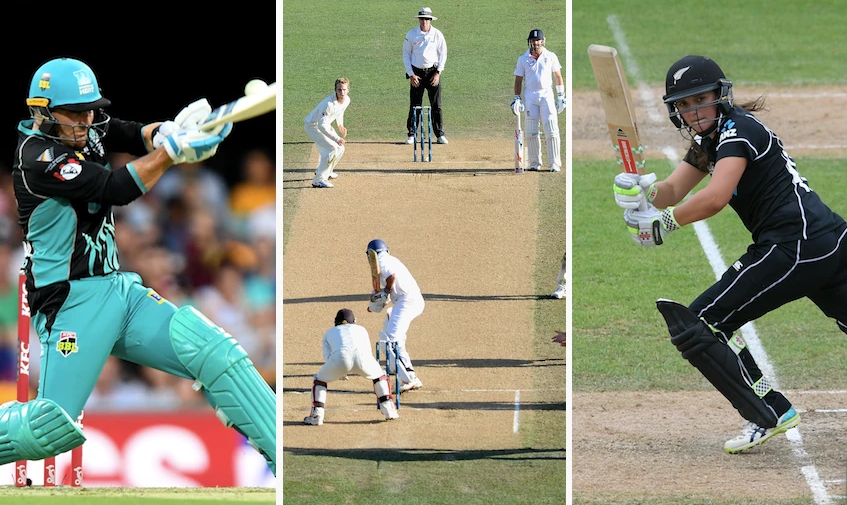There are several different formats of cricket, each with its own unique rules and characteristics. Understanding the different formats and how to approach them is essential for cricket players to succeed. Here are some key points to consider when playing different formats of cricket:
- Test cricket: Test cricket is the longest and most traditional form of the game, with matches lasting up to five days. In Test cricket, it’s important for batsmen to build big scores and for bowlers to be consistent and able to bowl long spells.
- One Day International (ODI) cricket: ODI cricket is a limited-overs format, with each team facing a maximum of 50 overs. In ODI cricket, it’s important for batsmen to score quickly and for bowlers to be able to take wickets and contain the opposition’s scoring.
- Twenty20 (T20) cricket: T20 cricket is the shortest format of the game, with each team facing a maximum of 20 overs. In T20 cricket, it’s important for batsmen to score quickly and for bowlers to be able to take wickets and keep the runs down.
- Adapting to different conditions: Different formats of cricket are played on different types of pitches and in different conditions. It’s important for players to adapt their game to suit the conditions and play to their strengths.
By understanding the different formats of cricket and how to approach them, players can become more versatile and successful in all forms of the game. Whether you’re a beginner or an experienced player, it’s never too late to learn more about the different formats of cricket and become a better player.
